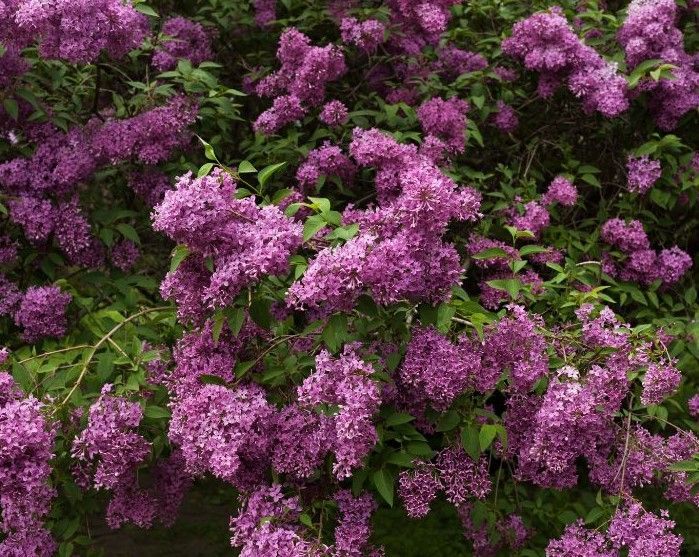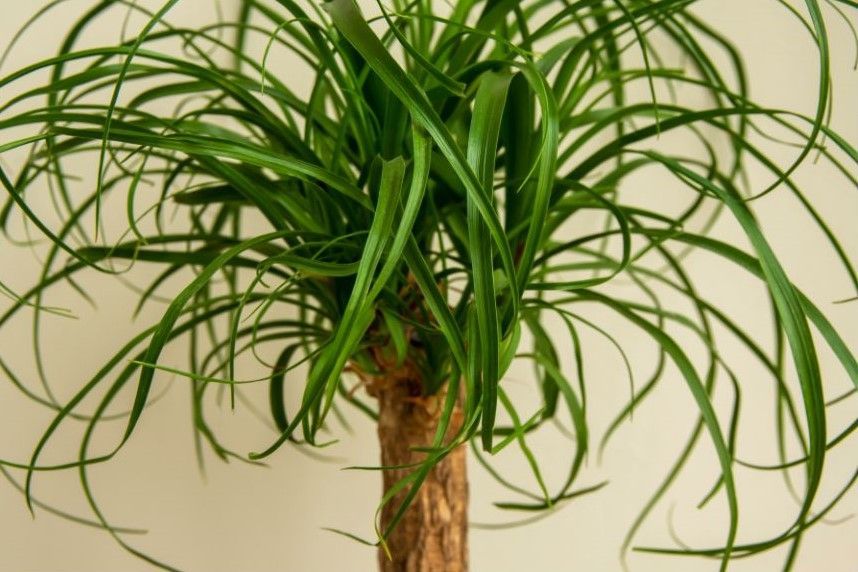Throughout this series, we will explore the various flora that call our favorite hiking areas home. From the shores of the east coast to the old growth forest of the west, we'll dive into the rich tapestry of trees, uncovering their unique characteristics, ecological significance, and the stories they hold within their rings. Join us on this journey to the Na Pali Coast as we learn about the various plant species along scenic trails and inspire a deeper connection to nature.
Kalalau Trail, Kauai, Hawaii
The Kalalau Trail is one of the most iconic and challenging hiking trails in the world, located on the island of Kauai in Hawaii. Along the Na Pali Coast, the Kalalau Trail offers breathtaking ocean views while passing through lush tropical forests. Stretching 11 miles from Ke'e Beach to Kalalau Beach, the trail provides an unforgettable adventure for hikers seeking both natural beauty and a physical challenge.
The trail features a variety of terrains, including rocky paths, steep inclines, narrow ridges, and river crossings. It passes through dense tropical forests, open ridgelines, and deep valleys, providing a diverse hiking experience.
Hikers will encounter several waterfalls and streams along the trail, including the spectacular Hanakapiai Falls, which is a popular side trip about 2 miles in. These water features offer refreshing spots to rest and cool off during the hike. The trail ends at Kalalau Beach, a secluded and pristine beach that is often considered the crown jewel of the hike. Kalalau Beach is renowned for its beauty, tranquility, and the sense of accomplishment it offers hikers who reach it.
Getting Ready to Hike the Kalalau Trail
Be Prepared.
Due to the trail's difficulty, proper preparation is crucial. Hikers should be in good physical condition and have experience with challenging hikes. Essential gear includes sturdy hiking boots, a backpack with supplies, sufficient water, food, a first aid kit, and camping equipment for overnight stays.
Obtain Permits.
Permits are required for hiking beyond Hanakapiai Valley, whether for day hiking or overnight camping. Permits can be obtained through the Hawaii Department of Land and Natural Resources (DLNR) website. It is advisable to secure permits well in advance, as they are limited and in high demand.
Map Your Trails.
Select which sections of trail you will explore. There are a variety of split offs that create a unique experience each time you visit:
- Ke'e Beach to Hanakapiai Beach (2 miles): The first section is relatively moderate, leading to Hanakapiai Beach, a beautiful spot for a break. However, swimming is dangerous due to strong currents.
- Hanakapiai Beach to Hanakapiai Falls (2 miles round trip): A side hike to the stunning Hanakapiai Falls, which adds 4 miles to the journey.
- Hanakapiai Beach to Hanakoa Valley (4 miles): This section becomes more challenging with steep inclines and narrow paths. Hanakoa Valley offers a campsite and a resting point.
- Hanakoa Valley to Kalalau Beach (5 miles): The final and most demanding section, leading to the rewarding destination of Kalalau Beach.
A Guide to Hiking Kauai’s Incredible Kalalau Trail by Jacob Lopex is a great article to read to help prepare you for the hike.
Tree Identification on the Kalalau Trail
As you hike along the trail, you may encounter several types of trees. Some of the tree species found on the Kalalau Trail might include:
Conclusion
These are just a few examples, and the trail offers a variety of plant life due to its diverse ecosystems. Hiking the Kalalau Trail offers not only spectacular coastal views but also a journey through diverse botanical landscapes. From native trees like Ohi'a Lehua and Koa to introduced species like Black Bamboo and Java Plum, the flora along the trail adds to the Kauai's natural beauty. Each tree species plays a role in the ecosystem, providing habitat and food for wildlife and contributing to the trail's tropical environment.
Stay tuned for the next installment of "A Guide to Tree Identification While Hiking" where we will continue our exploration of the world's most captivating tree-lined trails.








